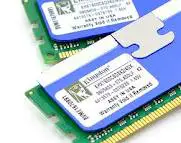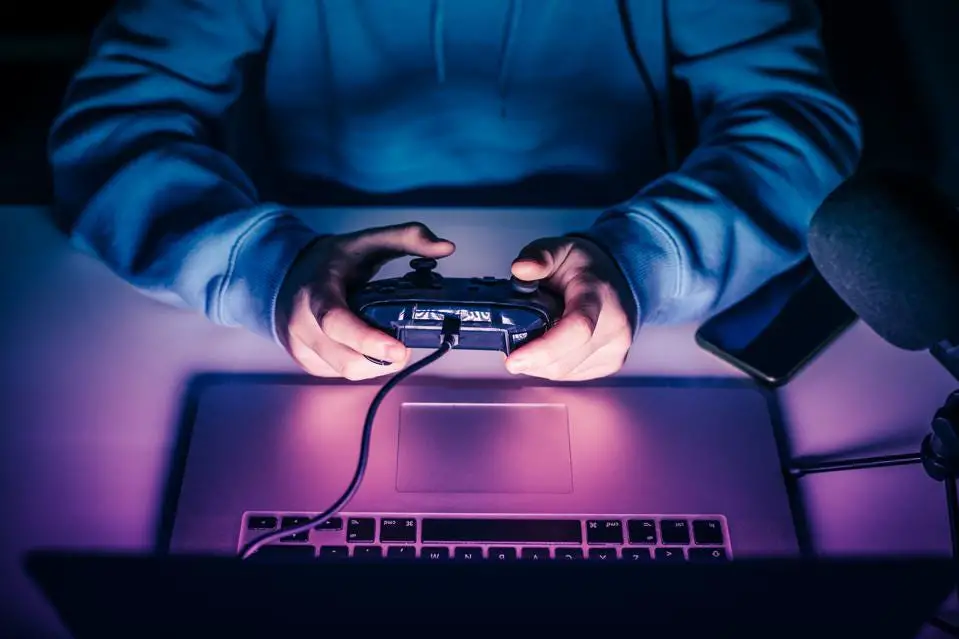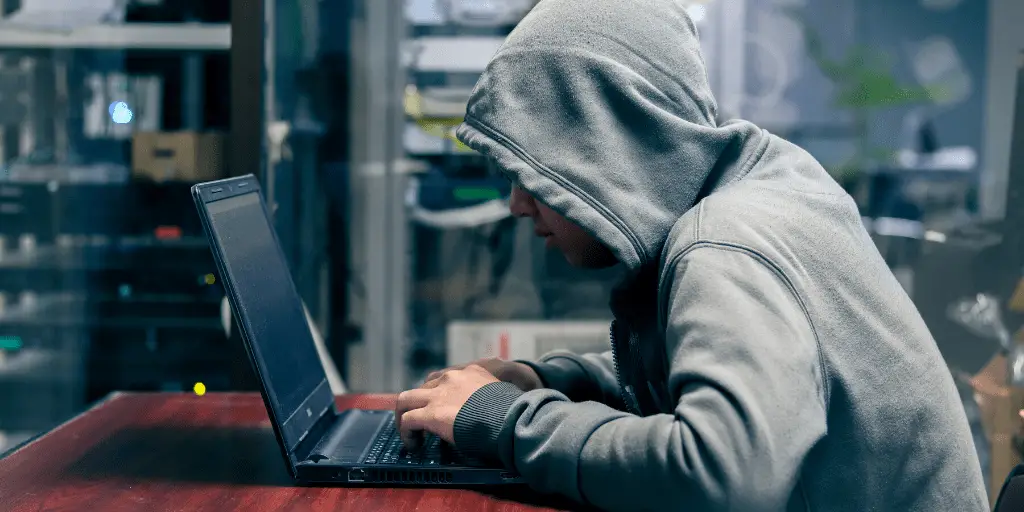RAM (Random Access Memory) as we all know is very important for a PC’s functioning. Instructions are executed out of memory, so your computer cannot operate without it. And when a thing so important gets problematic, you need a heart of a lion to get into action. This article should help you out in such a situation.

RAM failure Symptoms
RAM failures are easy to detect. There are some things that go wrong everytime when memory modules fail
- Frequent BSODs appear on your screen during bootup.
- Heavy applications take huge amount of time to start and work slow and crash frequently.
- Games show up error messages for memory problems
- After booting into the desktop, your PC takes 10 minutes to start functioning normally
- PC restarts for no reason at all!
If you’re experiencing most of these symptoms, your memory can be at fault. And it needs immediate attention. By immediate, I mean IMMEDIATE!
Troubleshooting RAM failure
- MemTest86+ Test – Run a test using a tool called MemTest86+. It is found on LiveCDs of many distributions of Linux including Ubuntu and Linux Mint. It will scan for errors on your memory. The test takes a long time, so leave it overnight. Check the results to decide whether the memory is at fault or not. You can learn more about it here.
- Switch Places – Open your PCs cabinet. Try inserting the RAM into alternate slots on your motherboard.
- Clean Up- Clean the contacts of the memory(The pins that go in) with Contact Clean which is available locally at PC shops
- Underclock – If you’ve overclocked your memory, restore it back to factory settings.
- Memory Timings – If you’ve messed with the memory timings and voltage, its time to revert back.
- Windows Memory Diagnostic – If you use Windows 7 or Vista, try it out the Windows Memory Diagnostics Tool.
If everything fails, try and get a module from your friend and insert it into the slot. If the PC works fine, then your RAM’s dead. Buy a new one, it is quite inexpensive. And if it doesn’t work contact your hardware vendor.





1 Comment